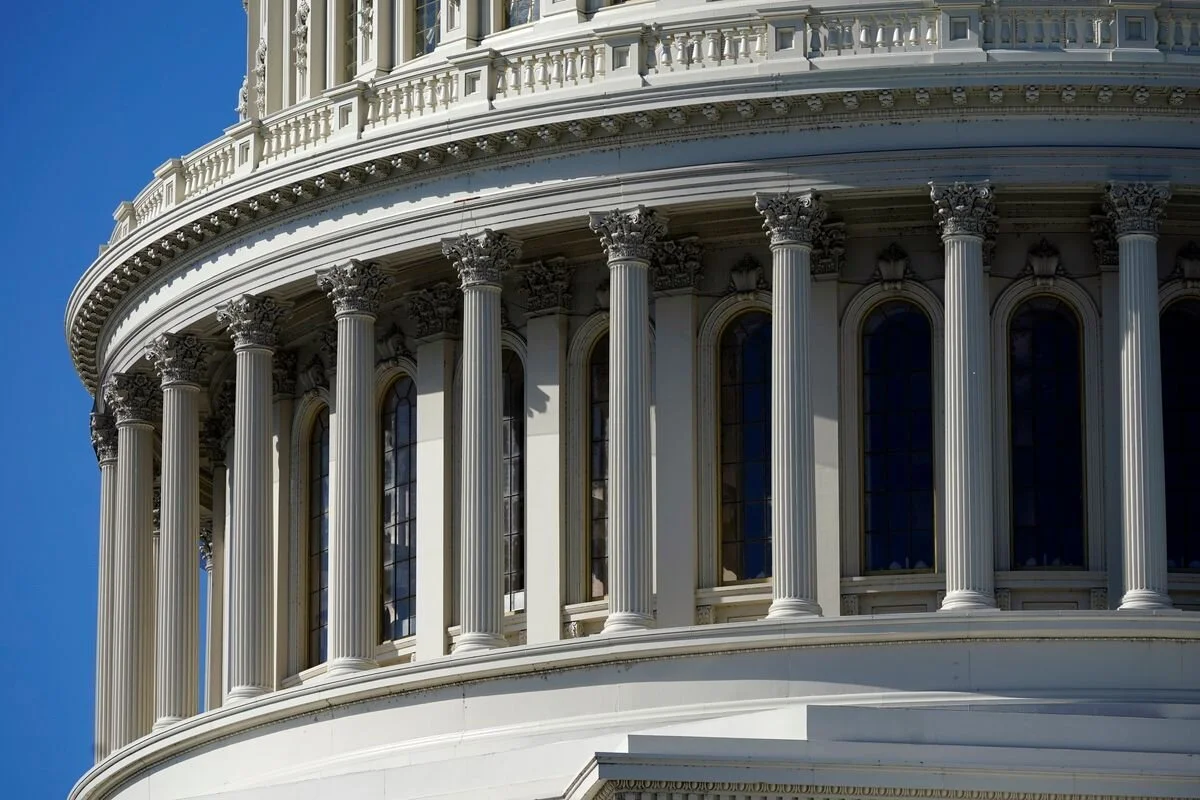Senate Results Trend Towards Republican Control - But It’s Not Over
The U.S. Capitol building in Washington. Control of the Senate is a razor-close proposition Tuesday, as Republicans fight to retain their majority against a surge of Democratic candidates confronting the president’s allies across a vast political map. Source.
On the eve of Election Day, the Economist had projected Democratic control of the Senate. They forecasted a 70% chance of Democrats winning at least 51 seats - a change of power from where Republicans currently hold a 53-47 majority.
However, so far it appears that Democrats have only gained one new seat in the Senate. Democratic challenger Mark Kelly defeated incumbent Republican Sen. Martha McSally, in Arizona. The rest of the map was not as kind to Democrats as they expected. Big hopes for control of the Senate were squashed by setback after setback on election night. Democrats flipped one seat in Colorado, but lost another in Alabama. Massive fundraising efforts behind Democratic challengers to Sen. Lindsey Graham in South Carolina and Sen. Susan Collins in Maine fell flat.
North Carolina’s senate race — the most expensive Senate race ever, with $242 million spent on TV ads — ended up with Sen. Tillis holding his seat against Democratic challenger Cal Cunningham.
Was this really out of the blue? A New York Times/Siena College poll of likely North Carolina voters showed Cunningham with a 4-point lead… within the margin of error of 4.5 percentage points. Polls in Maine had shown the race tightening to a dead heat. Likewise, polls in South Carolina showed Sen. Graham with a steady lead throughout the SC Senate race. Democratic hopes were high, but coming into election night this result should have been anything but a shock.
The idea of a Democrat-controlled Senate may have taken a hit - but it isn’t gone yet. Two seats in historically conservative Georgia are projected to head to runoffs on January 5th. After Georgia flipped blue for the presidential election, it is not out of the question for Georgia’s blue wave to continue to the Senate race. If the massive organizing efforts and campaigning led by former gubernatorial candidate Stacey Abrams, can continue into January, Democrats have a shot at winning those seats. However, current polling indicates that it will be a hard-fought race.
With Democrats only gaining one Senate seat so far, they would need both of Georgia’s seats to flip blue to get the Senate to 50-50. Then, Kamala Harris as vice president would cast tie-breaking votes in the chamber.
If Democrats are not able to pull off a shock double-victory in the Georgia run-offs, that leaves Senator Mitch McConnell (KY) leading a Republican Senate during a Biden presidency. Many worry that progressive policies will be thwarted and that major legislation will only get passed with cross-party consensus. “It’s a dreaded two years ahead,” said Larry Cohen, chair of the progressive advocacy group Our Revolution. “We can celebrate for a day or two beating the worst president ever, but I worry that real change is going to be thwarted.”
Will Democrats be able to deliver on broad goals like universal health care, action on climate change, voting rights - or more urgently, passing a coronavirus relief package? Or are we in for a painful repeat of the later Obama Administration, with two years of the Senate thwarting the President Biden’s mandate at every turn?

